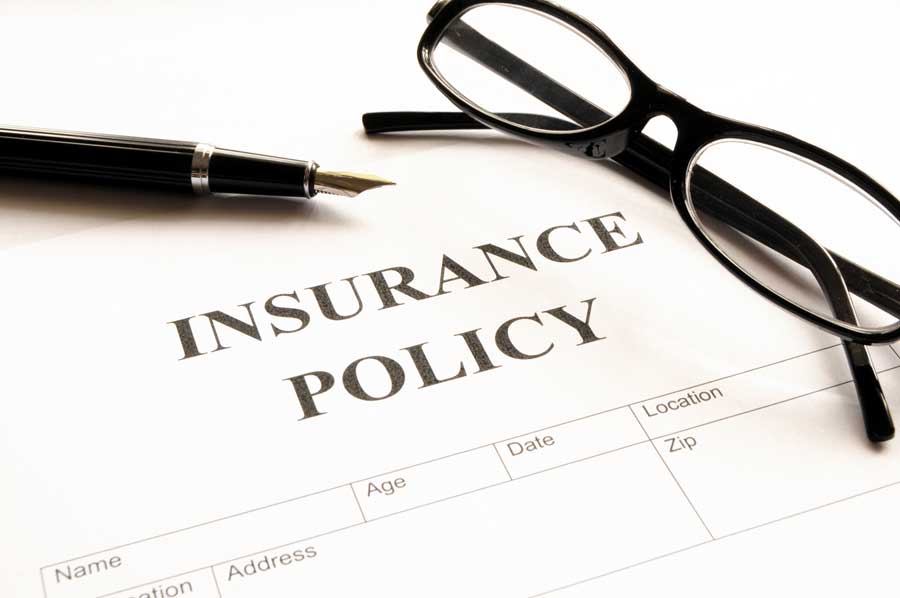Blog
Standalone Side A Insurance: When You Can’t Indemnify Directors and Officers
One of the most commonly asked questions that I get is: Do I need a standalone Side A policy as part of my D&O insurance program? The answer in most cases is yes.
As a reminder, a traditional D&O insurance policy is a combination of corporate balance sheet protection and protection for individuals. The policy has multiple components—Side A, Side B, and Side C—making up what's referred to as a combination ABC policy.
The Side A in the combination policy is designed to protect directors and officers when they are sued in this capacity but for some reason the corporation cannot indemnify the individual.
In addition, many corporations purchase Side A insurance on a standalone basis. Policies like this do not share the limit with any element of corporate balance sheet protection; rather, this is a standalone policy that is reserved exclusively for individuals and responds only when the corporation cannot indemnify directors and officers.
Features of a Standalone Side A Insurance Policy
Standalone Side A policies, when they are also "Difference in Condition" ("DIC") policies, provide broader coverage than the Side A piece of a combination ABC policy. For example, standalone Side A policies don’t have ERISA exclusions. In some circumstances, you might not even have a conduct exclusion.
In addition, when you have a traditional combination ABC policy and you layer the standalone Side A policy on top, the Side A policy can respond on a first-dollar basis in special circumstances.
For example, consider what happens if you have a non-indemnifiable claim and one of the insurers in the underlying ABC program goes bankrupt. If you only had a traditional ABC tower of insurance, you'd have a gap in the program that the corporate entity couldn’t fill on behalf of your Ds and Os.
When you purchase standalone Side A, the Side A policy can drop down to respond on behalf of the company's Ds and Os to cover the non-indemnifiable exposure.
In a volatile world, this is a nice risk management move to mitigate your exposure to any one particular insurance carrier.
Another reason standalone Side A is attractive is because it can drop down when you have an indemnifiable claim but your corporation isn’t advancing your legal fees.
As a reminder, we typically expect corporations to advance legal fees to their Ds and Os when they have to defend themselves.
But if you get into a dispute with the corporation at the same time that you need legal fees, your ABC carrier will not help you until the self-insured retention has been met (because the advancement of legal fees, as an indemnifiable cost, is subject to the self-insured retention).
This can be an uncomfortable situation for directors and officers when the dollar amount of the self-insured retention is high. For public companies it can be half a million dollars, a million dollars, or more.
Luckily, standalone Side A can drop down to cover those fees up to the amount of the self-insured retention. (That Side A carrier will then pursue the corporation for reimbursement. Importantly, this becomes the carrier’s issue and stops being the director or officer's issue.)
These are the main reasons that most public companies purchase both ABC policies and Side A-only policies for their D&O insurance program.
When a Standalone Side A Policy is a Particularly Good Idea
There are certain scenarios where a company can’t indemnify its directors or officers. The most common scenarios in the United States are bankruptcy, the settlement of derivative lawsuits, and where other insurance limits have been exhausted.
In most of the situations involving bankruptcy and the settlement of derivative lawsuits, the Side A portion of a classic D&O policy can respond. However, even with these types of situations there are some cases where having an additional standalone Side A policy is a good idea.
Bankruptcy
I explained why having a standalone Side A in addition to an ABC policy during bankruptcy is important in an earlier article I wrote. Basically, the worry is that in a bankruptcy, the trustee will say that the ABC policy is an asset of the corporation and try to take it for the estate:
The concern is that directors and officers with only an ABC policy may find themselves without insurance coverage if their company ends up in bankruptcy.
If a company goes bankrupt with a D&O policy that includes Side C coverage (and perhaps Side B), a bankruptcy trustee might attempt to seize the insurance policy proceeds for the bankruptcy estate, leaving the Ds and Os without coverage.
The argument for seizure by a trustee of a standalone Side A Policy is much weaker since this policy provides no corporate balance sheet protection.
Derivative Suits
Derivative lawsuits are another tricky situation. They are tricky because while Ds and Os can be indemnified in the United States when settling a case in most circumstances, this isn’t the case with derivative suits.
Shareholders bring derivative suits on behalf of the company, as I outlined in an earlier post about derivative lawsuits:
Derivative suits are brought by current shareholders under state corporate law and allege that directors and/or officers have breached their fiduciary duties to the shareholders.
The suits are styled as "derivative" because the shareholders aren’t bringing the suits directly. Rather, the shareholder is bringing the suit on behalf of the corporation that is being injured by the reported misconduct of the directors and officers.
While an individual’s defense costs in a derivative suit are indemnifiable by the corporation in most states, the settlement of a derivative suit typically can only be paid either by the individual or by insurance.
Having some additional Side A on a standalone basis is attractive in this circumstance because the corporation's own balance sheet can’t protect the individual D or O.
(Note that outside of the United States there can be many more situations in which a director accused of wrongdoing may not be able to be indemnified by the corporation.)
Limited Insurance Funds
There's another reason not having a standalone Side A policy can be concerning. In a legal battle, a company could theoretically use up the corporate D&O insurance funds, leaving the individual directors and officers naked.
Remember there is essentially just one pot of insurance money in an ABC policy. If that money is used to protect the corporate balance sheet, there may not be anything left for the individuals.
Of course individuals are not entirely without protection: In most modern D&O insurance policies, there is an order of payment provision that specifies that any Side A exposures will be paid before any corporate balance sheet exposure.
So, should you buy standalone Side A policies? The answer to that in most cases is yes: buy at least some.
Even when you're confident you won't be faced with a bankruptcy, and even though there is Side A in a classic D&O insurance program, it’s currently considered a risk management best practice to purchase some standalone Side A insurance in addition to a classic D&O insurance program.
We've been talking about purchasing standalone Side A in addition to a classic ABC policy; it's worth noting that as companies get larger, they stop purchasing balance sheet protection altogether, and only purchase Side A insurance.
Of course, if you're buying standalone Side A, then the next natural question is: How much do I need? I'll discuss just that in my next blog post.
Author
Table of Contents












